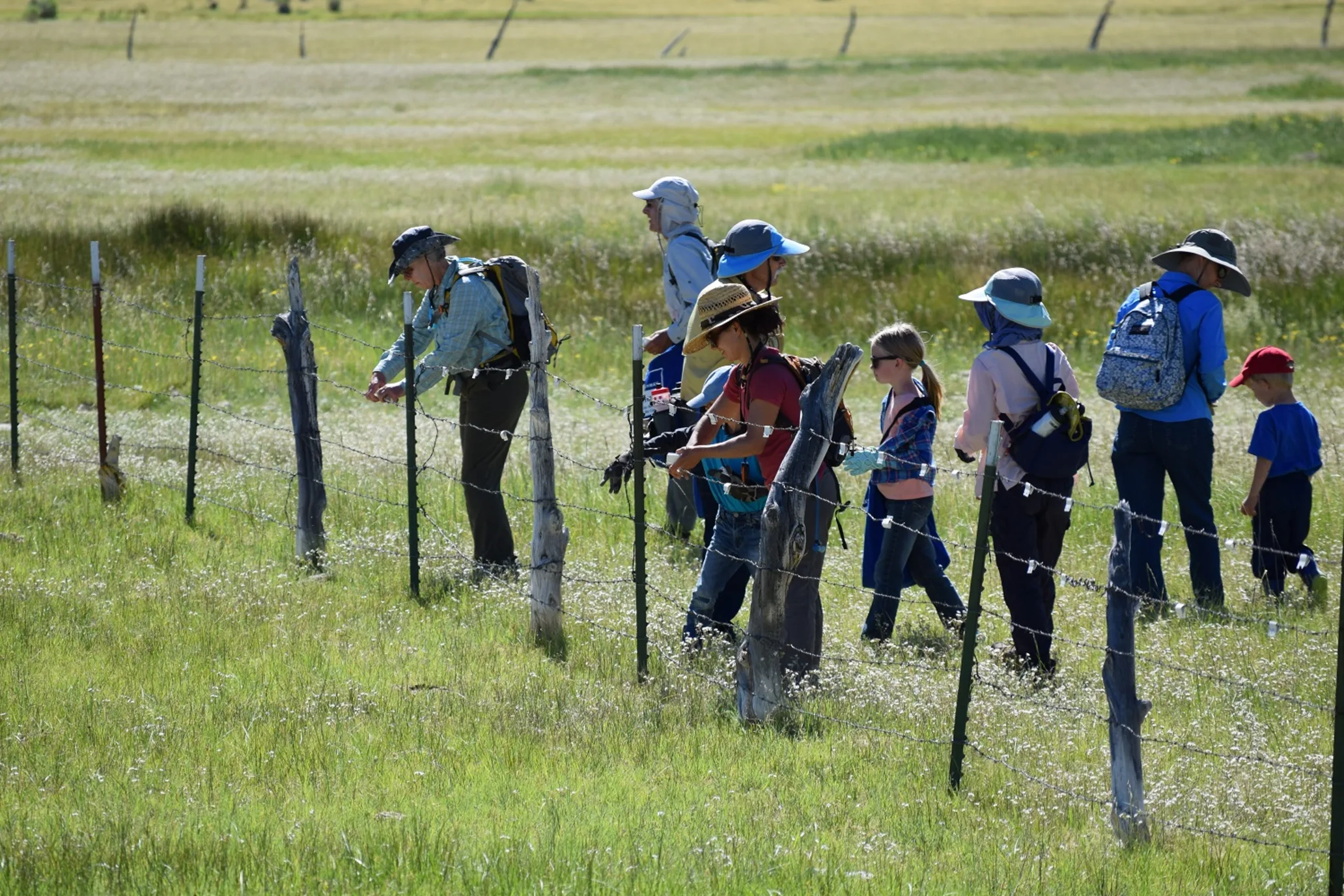Livestock in harmony with sage-grouse
For decades, land trusts across the West have been collaborating with private landowners and public partners to conserve habitat for the sage-grouse — and it's been a big success.

For decades, land trusts across the West have been collaborating with private landowners and public partners to conserve habitat for the sage-grouse — and it's been a big success.
Together, they have kept the sage-grouse off the Endangered Species List. In California and Nevada, a working group of ranchers, conservationists, public land managers and private organizations developed the Bi-State Action Plan for Greater Sage-Grouse to reduce long-term threats to the grouse population.
Spearheaded by the accredited Eastern Sierra Land Trust, the partnership recently received $8 million through the Natural Resources Conservation Service's Regional Conservation Partnership Program, a program created by the 2014 Farm Bill. One of just 88 projects funded nationally, the Livestock in Harmony with Bi-State Sage-Grouse project's success is a direct result of the work group's 15-year effort.
But the work has really just begun. The partnership is now tasked with implementing conservation practices to enhance water quality, rangeland and soil health, all while securing conservation easements on at least 11,000 acres of sage-grouse habitat on working ranches. The land trust and its 10 partners have agreed to leverage the investment with an additional $20 million in funding and in-kind support to conserve the region's wildlife habitat and ranching heritage.
This year, the program awarded $225 million to high-impact projects across the country. Land trusts that work on agricultural conservation rely on funding from the Farm Bill, but all Americans — and our wildlife — benefit from its conservation programs.